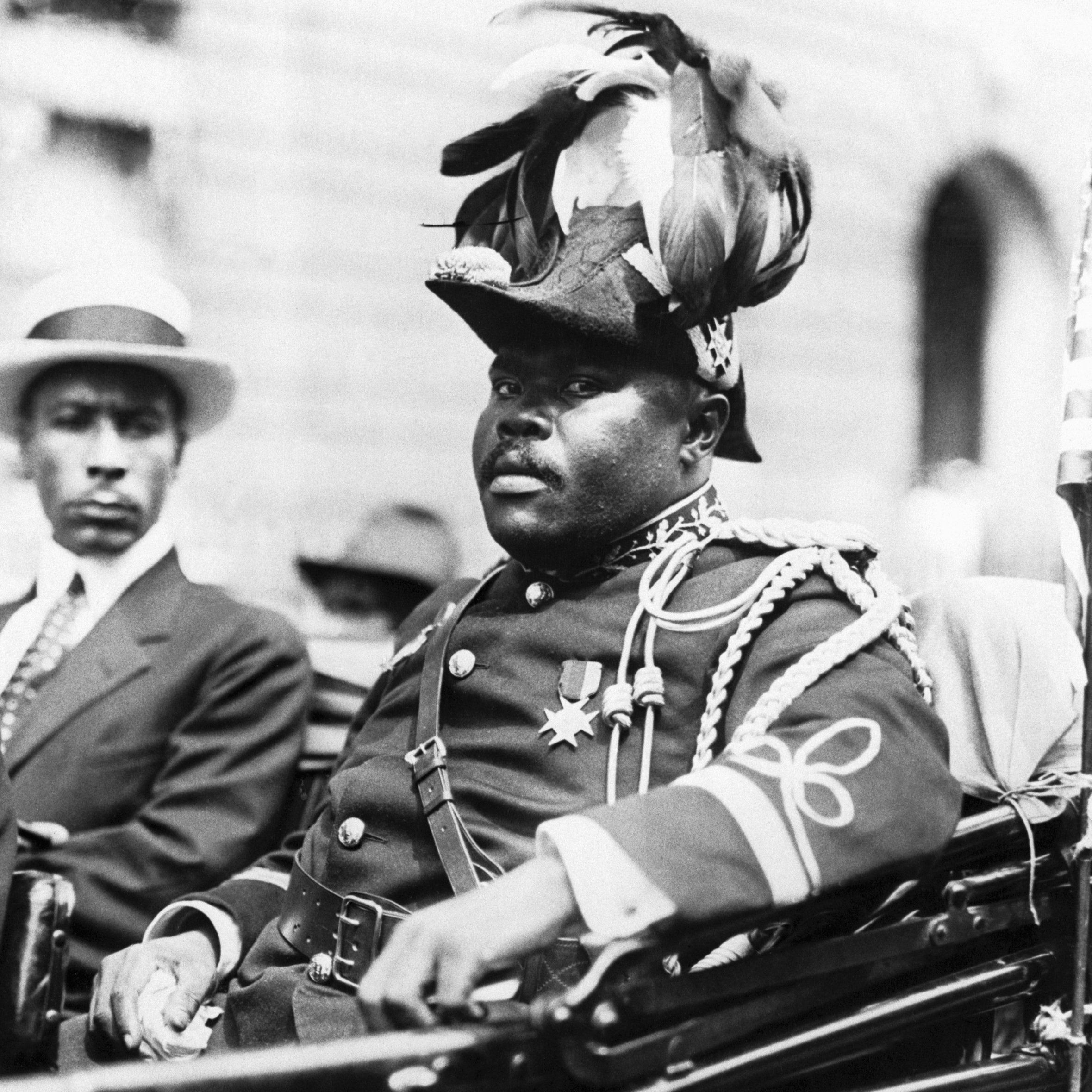
UNIT 3: THE PRACTICE OF FREEDOM
#36 - 3.1 The Reconstruction Amendments
Lecture 36 covers the Reconstruction Amendments and their impact on African Americans. The federal government's goals were to reintegrate Confederate states and establish rights for freed African Americans. The 13th Amendment abolished slavery, the 14th granted citizenship and equal protection, and the 15th ensured voting rights, excluding sex. These changes increased Black political participation, though many rights were later undermined during the Jim Crow era.
#37 - 3.2: Social Life: Reuniting Black Families and the Freedmen’s Bureau
Lecture 37 covers the Freedman's Bureau and post-Civil War efforts to reunite Black families. The Bureau, created in 1865, aimed to support newly freed African Americans by providing education, legal aid, and resources, despite being underfunded. It helped legalize marriages, crucial for financial stability. After abolition, many freed individuals sought to reconnect with lost relatives, leading to the tradition of family reunions, preserving cultural heritage and kinship ties.
#38 - 3.3: Black Codes, Land, and Labor
Lecture 38 focuses on the restrictive Black Codes enacted during Presidential Reconstruction. These laws severely limited African-Americans' rights post-slavery, compelling them into exploitative labor practices like sharecropping and convict leasing. Black Codes also disrupted families, hindered economic progress, and reinstated pre-Civil War social hierarchies. The lecture highlights the systemic barriers to Black economic advancement and the continuation of oppressive labor systems.
#39 - 3.4: The Defeat of Reconstruction
Lecture 39, "The Defeat of Reconstruction," covers how Reconstruction reforms were dismantled in the late 19th century. The lecture details the Compromise of 1877, which ended Reconstruction by withdrawing Union troops from the South, allowing white Democratic governments to regain control. It discusses the disenfranchisement of Black voters, the rise of Jim Crow laws, and the Supreme Court's role in legalizing segregation, culminating in the "separate but equal" doctrine established by Plessy v. Ferguson.
#40 - 3.5: Disenfranchisement and Jim Crow Laws
Lecture #40 covers Jim Crow Laws. Jim Crow laws, originating from 1830s minstrel stereotypes, enforced racial segregation in public spaces, primarily in the South, under "separate but equal" rulings like Plessy v. Ferguson. The Nadir period saw escalated racial violence, lynchings, and mob attacks. African American activists, including Ida B. Wells, countered these injustices through journalism, boycotts, and advocacy, laying the groundwork for the Civil Rights Movement.
#41 - 3.6: White Supremacist Violence and the Red Summer
Racial violence escalated in the early 20th century, peaking during the Red Summer of 1919 due to factors like economic competition, discrimination, and returning Black veterans’ expectations for equality. Major events included the 1919 Chicago Race Riot and the 1921 Tulsa Massacre. African Americans responded with political activism, published accounts, self-defense, and migration, shaping future civil rights efforts and reshaping urban communities across the U.S.
#42 - 3.7 The Color Line and Double Consciousness in American Society
Lecture 42, Topic 3.7, explores the concepts of the color line and double consciousness in American society through the works of Paul Laurence Dunbar and W.E.B. Du Bois. Dunbar’s We Wear the Mask and Du Bois’s The Souls of Black Folk highlight Black suffering and resilience during the Nadir period, using metaphors of masks and veils to portray racism’s effects on African American identity.
#43 - 3.8 Lifting as We Climb: Uplift Ideologies and Black Women’s Rights and Leadership
This lecture examines the ideologies of racial uplift proposed by Booker T. Washington and W.E.B. Du Bois, contrasting Washington’s focus on industrial education with Du Bois' advocacy for liberal arts education and civil rights. It highlights the critical role Black women played in education, suffrage, labor movements, and church activism, particularly through organizations like the NACW, which uplifted the African-American community post-slavery.
#44 - 3.9 Black Organizations and Institutions
This lecture covers how African Americans promoted economic stability and well-being during the Nadir of race relations. They established Black-owned businesses, financial institutions, and civil rights organizations like the NAACP. Black churches and educational institutions also played key roles in community uplift. Notable figures like Maggie Lena Walker and Madame C.J. Walker exemplified entrepreneurship, fostering economic independence and empowering Black communities.
#45 - 3.10 HBCUs, Black Greek Letter Organizations, and Black Education
This lecture covers Historically Black Colleges and Universities (HBCUs) and how they were established post-Civil War to counter educational discrimination. Funded by philanthropic, religious, and public efforts, they offered liberal arts and vocational training, shaping African American leadership and professional success. It also covers unique aspects of Black experience in higher education, which includes Black Greek Letter Organizations (BGLOs) providing support for Black students at both HBCUs and predominantly white institutions. Finally, it highlights the Fisk Jubilee Singers and their role in preserving African American spirituals, raising awareness and financial support for Fisk University.
#46 - 3.11 The New Negro Movement and the Harlem Renaissance
Lecture 46 explores the New Negro Movement and Harlem Renaissance, emphasizing self-definition, racial pride, and cultural innovation. Influential figures like Alain Locke and Marcus Garvey shaped political activism and cultural expression, while artists like Aaron Douglas and writers like Langston Hughes contributed to a distinctive Black aesthetic. This movement challenged racial stereotypes, promoted African heritage, and laid the foundation for future civil rights movements.
#47 - 3.12 Photography and Social Change
Lecture 47 discusses how African Americans in the 20th century used photography to counter racist stereotypes and enact social change. Photographers like James Van Der Zee played a pivotal role in reshaping Black identity, emphasizing dignity, pride, and cultural heritage. Van Der Zee's work, particularly during the Harlem Renaissance, celebrated African American life, countering negative portrayals and showcasing resilience, intellect, and community pride.
#48 - 3.13 Envisioning Africa in Harlem Renaissance Poetry
In Lecture #48, "Envisioning Africa in Harlem Renaissance Poetry," the discussion focuses on how poets expressed their connections to Africa. Writers like Gwendolyn Bennett celebrated African heritage through prideful imagery, while Countee Cullen wrestled with feelings of detachment. These differing views reflect broader debates in the Harlem Renaissance on Black identity, exploring both the celebration and alienation from African roots.
#49 - 3.14 Symphony in Black: Black Performance in Music, Theater, and Film
Lecture #49 explores African Americans' contributions to American music, theater, and film during the 1930s and 1940s. Jazz and blues, rooted in Black communities, gained national popularity through radio, with artists like Duke Ellington and Bessie Smith rising to fame. African Americans also made significant strides in theater and film, exemplified by Shuffle Along on Broadway and Cabin in the Sky in Hollywood, leaving a lasting cultural impact.
#50 - 3.15 Black History Education and African American Studies
This lecture covers the New Negro Movement’s efforts to reclaim and disseminate Black history to counter narratives of inferiority and segregation. Key figures like Carter G. Woodson and Anna Julia Cooper pushed for inclusive education, emphasizing historical pride. The Black intellectual tradition, dating to the 1700s, included educators, writers, and activists. Schools like the African Free School, and leaders like Schomburg, Du Bois, Hurston, and Woodson, laid the foundation for African-American Studies.
#51 - 3.16 The Great Migration
The Great Migration, from 1910 to 1970, saw over 6 million African Americans move from the rural South to Northern cities. Economic opportunities, racial violence, environmental disasters, and better transportation were key drivers. Migrants established cultural hubs, doubled urban Black populations, and contributed to movements like the Harlem Renaissance. Organizations like the National Urban League supported migrants, shaping their integration and the broader civil rights movement.
#52 - 3.17 Afro-Caribbean Migration
Afro-Caribbean migration to the U.S. in the early 20th century was driven by U.S. political and economic influence in the Caribbean, regional economic hardships, and limited immigration restrictions. Settling in New York and Florida, Afro-Caribbean immigrants enriched African-American communities with cultural diversity in religion, language, and political thought. Despite occasional tensions, this blending laid a foundation for Pan-African identity, fostering later cultural and civil rights movements.
#53 - 3.18 The Universal Negro Improvement Association
Marcus Garvey’s Universal Negro Improvement Association (UNIA), founded in 1914, promoted Black pride, unity, and economic self-sufficiency across the African diaspora. Through institutions like the Negro Factories Corporation and The Negro World newspaper, Garvey advanced a vision of self-reliance and separatism. The UNIA’s red, black, and green flag became a Pan-African symbol, influencing future movements focused on Black nationalism, cultural pride, and liberation.



